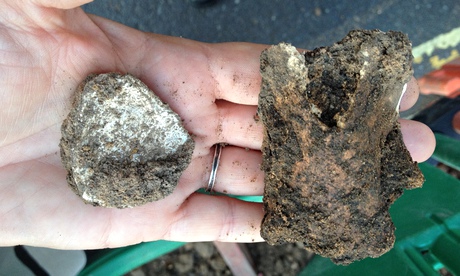For 18 long summers, a quiet corner of Hampshire has resounded to the sound of tapping, scraping, and sloshing. But after Saturday all that will end.
The Silchester dig site [Credit: BBC]
Silchester - the site of one of Britain's longest running archaeological digs - has revealed many secrets since 1997.
It's thanks to the hard work of thousands of volunteers, students and staff from Reading University that we now know much more about Iron Age life, and the early Roman period around the time of the invasion of AD 43.
"It's been a great experience," said Professor Michael Fulford, who has directed the annual summer dig from the beginning.
Read the rest of this article...






